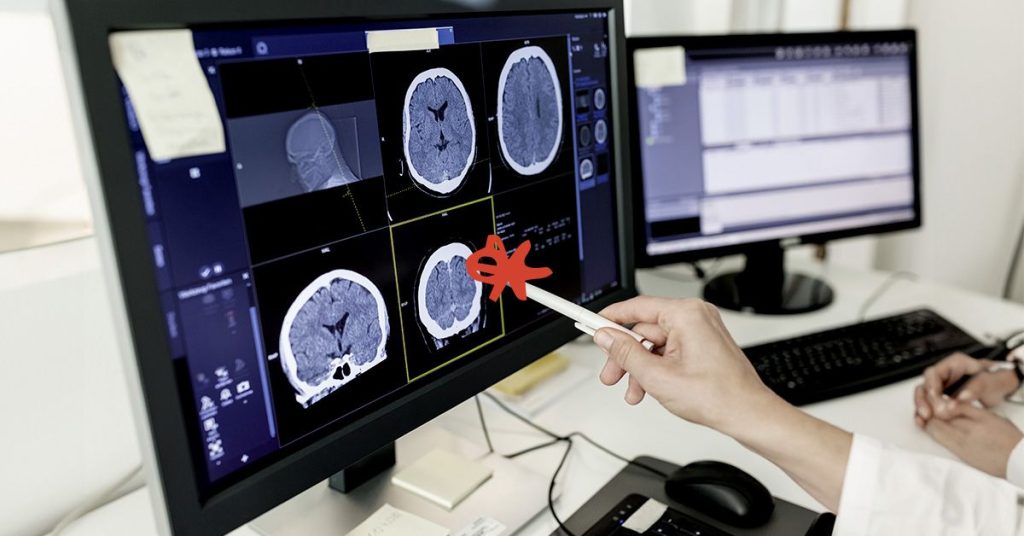Alzheimer’s disease, characterized by neurodegeneration and a progressive loss of thinking skills, continues to baffle scientists as they search for the precise causes of the condition. The focus on protein buildup in neurons has dominated research in recent decades, but a new study suggests that lipid droplets in specific brain cells may play a critical role in the development of Alzheimer’s. The study, published in the journal Nature, explores links between Alzheimer’s risk genes, particularly the APOE gene, and lipid droplets in microglia, the immune cells in the brain. The researchers found that the activity of the APOE gene is increased in people with Alzheimer’s, leading to an accumulation of lipid droplets within the cells.
By analyzing brain tissue from individuals who had Alzheimer’s and a control group without the disease, the researchers were able to identify genes that were upregulated in microglia, including ACSL1, a key regulator of lipid droplet formation. They found that these lipid-containing cells were clustered around protein plaques, suggesting a potential role of plaques in lipid accumulation. When the scientists treated microglia with amyloid fibrils, a major component of protein plaques associated with Alzheimer’s, they observed a significant increase in lipid droplet accumulation, particularly in the presence of the APOE4 gene variant. These findings suggest a new hypothesis for lipid droplet-mediated pathogenesis in Alzheimer’s.
Experts in the field, such as Alfred Fonteh, emphasize the importance of lipid metabolism in Alzheimer’s pathology and suggest that the results of this study confirm what has been observed in lipidomic analyses over the years. Studies on postmortem tissue have shed light on the mechanisms that may account for the role of lipids in the development of Alzheimer’s. However, Hugo Bellen and his colleagues caution that studying postmortem tissue may not provide insights into the early stages of these conditions. They propose that damaging reactive oxygen species initially accumulate due to mitochondrial issues in neurons, leading to the production of lipids that are transported to form lipid droplets in glial cells, ultimately protecting neurons from damage.
While the study’s findings offer new insights into the role of lipid accumulation in Alzheimer’s, researchers acknowledge the challenges ahead in developing targeted treatments. The complexity of lipid metabolism and the potential impact on other essential processes outside the brain pose significant hurdles in designing drugs to address lipid accumulation. Michael Haney, the study’s author, remains optimistic about further characterizing diseases in which microglia accumulate lipid droplets and understanding the damaging factors they may release. He emphasizes the importance of targeting lipid accumulation specifically in microglia to develop potential treatments for Alzheimer’s while avoiding detrimental effects on other processes.
Moving forward, Haney plans to continue investigating the variety of diseases involving lipid accumulation in microglia and how these cells may damage nearby neurons. His research aims to provide a better understanding of the underlying mechanisms of lipid accumulation in neurological conditions, potentially leading to more personalized treatment approaches. Fonteh stresses the complexity of lipid metabolism and the need to consider genetics, dietary factors, and lifestyle choices in designing effective drugs for Alzheimer’s. The challenge lies in identifying how lipid accumulation occurs in microglia and finding ways to target these mechanisms without disrupting essential processes in the body. Despite these challenges, researchers remain hopeful that a better understanding of lipid metabolism in Alzheimer’s could pave the way for innovative treatment options in the future.


